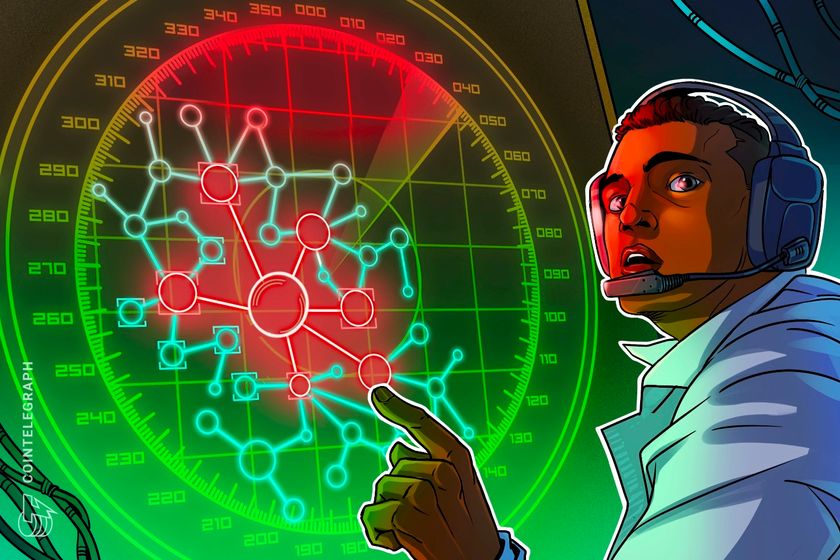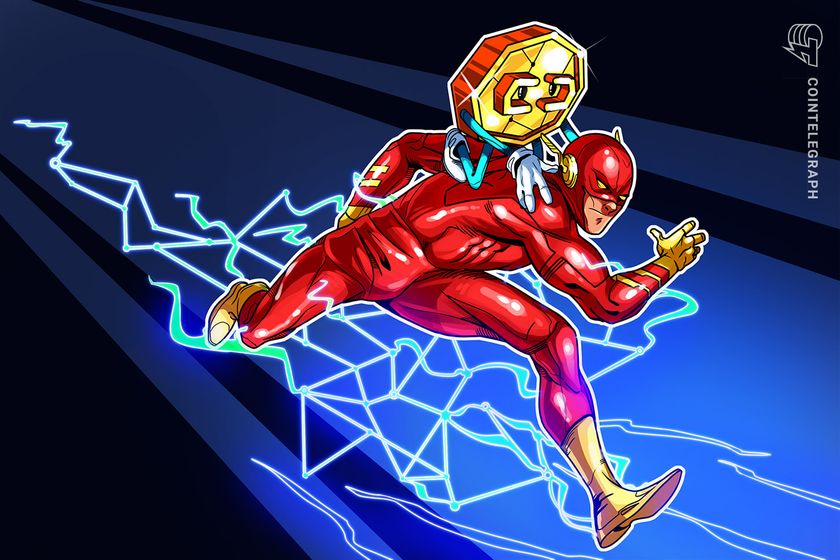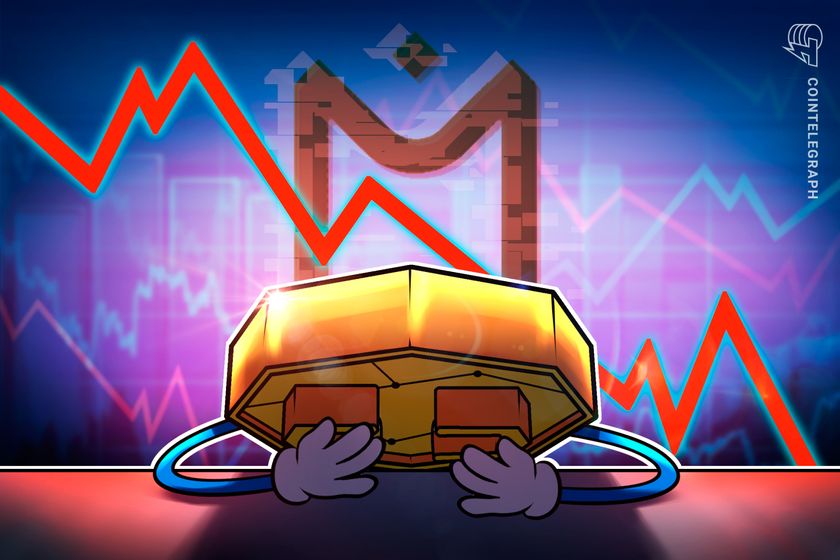Over the past year, most altcoins have struggled to keep up with Bitcoin, but one project is breaking away from the pack: XRP.
While other tokens have stagnated or slid, XRP (XRP) has surged more than 300% in just six months against Bitcoin (BTC) to quickly become one of the best-performing assets in the crypto space. But what’s really behind this rally — and more importantly, can it last?
Some say it’s the fundamentals finally shining through. Others argue it’s just hype and speculation driven by a passionate community. Then there’s the legal, political, and institutional side of things — factors that could have a far greater impact on XRP’s trajectory than many realize.
In Cointelegraph's latest video, we dive deep into the forces driving XRP’s recent performance, the growing institutional interest, and the potential game-changing developments on the horizon. From exchange-traded funds (ETFs) and stablecoins to regulation and Ripple Labs’ evolving strategy, this video breaks it all down.
Whether you’re an XRP holder, a skeptic, or just trying to make sense of the altcoin market in 2025, this is a video you don’t want to miss.































